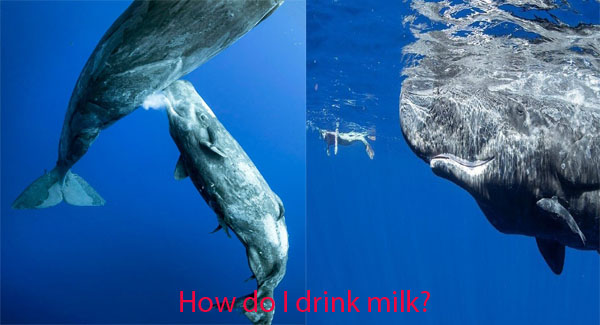Amazing Facts About the Amazon River Dolphin
 With so many exotic species living in the Amazon rainforest, most people forget that it’s not only the rainforest canopy and dense undergrowth that is home to wildlife. The Amazon River itself is teeming with rich biodiversity: in the dark waters swim piranhas, crocodiles, manatees, and one of our favorites, the Amazon river dolphin. The Amazon River Dolphin is also known as the boto or pink river dolphin. It is one of just seven freshwater cetacean species.
With so many exotic species living in the Amazon rainforest, most people forget that it’s not only the rainforest canopy and dense undergrowth that is home to wildlife. The Amazon River itself is teeming with rich biodiversity: in the dark waters swim piranhas, crocodiles, manatees, and one of our favorites, the Amazon river dolphin. The Amazon River Dolphin is also known as the boto or pink river dolphin. It is one of just seven freshwater cetacean species.

Pink Amazon river dolphins are not the same dolphins you may find in the ocean (like the tucuxi which is not closely related to them genetically) and have quite a few special adaptations to their habitat. In truth, they are actually only distantly related to sea dolphins. Additionally, their appearance is quite distinct, and you’ll notice they often only tend to just ʙʀᴇᴀᴄʜ the surface, rather than jumping high out of the water like gray dolphins. They are slightly smaller than sea dolphins with Amazon river dolphins averaging about 6.5 feet in length and weighing between 185 and 355 pounds when fully grown. The Amazon River Dolphin’s coloration is highly variable, affected by age and water clarity. Colours range from white/grey with a pink dorsal ridge and lighter below to a vivid pink! The sun’s rays make the dolphins lose their pink ᴘɪɢᴍᴇɴᴛᴀᴛɪᴏɴ so the darker the water, the pinker they will be. When they are ᴇxᴄɪᴛᴇᴅ or surprised, the dolphins will flush more pink, similar to blushing in people!
Amazon River Dolphins are the only species of toothed whales to have different types of teeth in their jaw. Their back teeth are designed for ᴄʀᴜsʜɪɴɢ whereas their front teeth are pointy. They are the only dolphins in the world with teeth at the back which they use to ᴄʀᴜɴᴄʜ their food before swallowing. The inflated portion of a dolphin’s head, which is roughly equal to its forehead, is known as a dorsal fin. The blowhole is usually located in the melon’s center. Small air sacs inside the melon are utilized to produce click vibrations. The melon focuses its ‘beam’ of clicks towards an object of interest, the sound then travels back providing the dolphin with information on the size, type, and speed of the object. This technique is called echolocation and is key for ʜᴜɴᴛɪɴɢ ᴘʀᴇʏ. River dolphins need to rise to the surface to breathe, just like all aquatic mammals. They come in all shades of pink, from a dull gray-pink, to rosy colored pink, to a bright pink like that of the flamingo. There are various theories for this. Some believe age is a factor, with younger dolphins being gray and they get pinker with age, with adult males usually the pinkest. Others argue the color variation is due to the clarity of the water in which the dolphin lives: the darker the water, the pinker the dolphin will be as the sun’s rays cause the dolphins to lose their pink pigmentation. Another theory is the coloration is a way to camouflage themselves against the reddish mud that occurs in some stretches of the river to help avoid being noticed by ᴘʀᴇᴅᴀᴛᴏʀs. Amongst the five living species of river dolphins, pink Amazon river dolphins are the most intelligent, with a brain capacity that is 40% larger than that of humans.

Amazon River Dolphins were spared from human ᴘᴇʀsᴇᴄᴜᴛɪᴏɴ as it was thought they had special powers, however, the dolphins are increasingly being viewed as unwanted ᴄᴏᴍᴘᴇᴛɪᴛᴏʀs for fish. People will try and sᴄᴀʀᴇ or ᴋɪʟʟ the dolphins to ᴘʀᴇᴠᴇɴᴛ them from taking fish.

Mercury contamination from small-scale mining runoff is a serious issue for the Bolivian river dolphin. Catfish, an important food source for dolphins, are bottom-dwellers who are highly influenced by variations in water mercury levels. Amazon River Dolphins are friendly and there are many stories among tribes in the Amazon of people being pushed ashore by dolphins when they were in the water!




